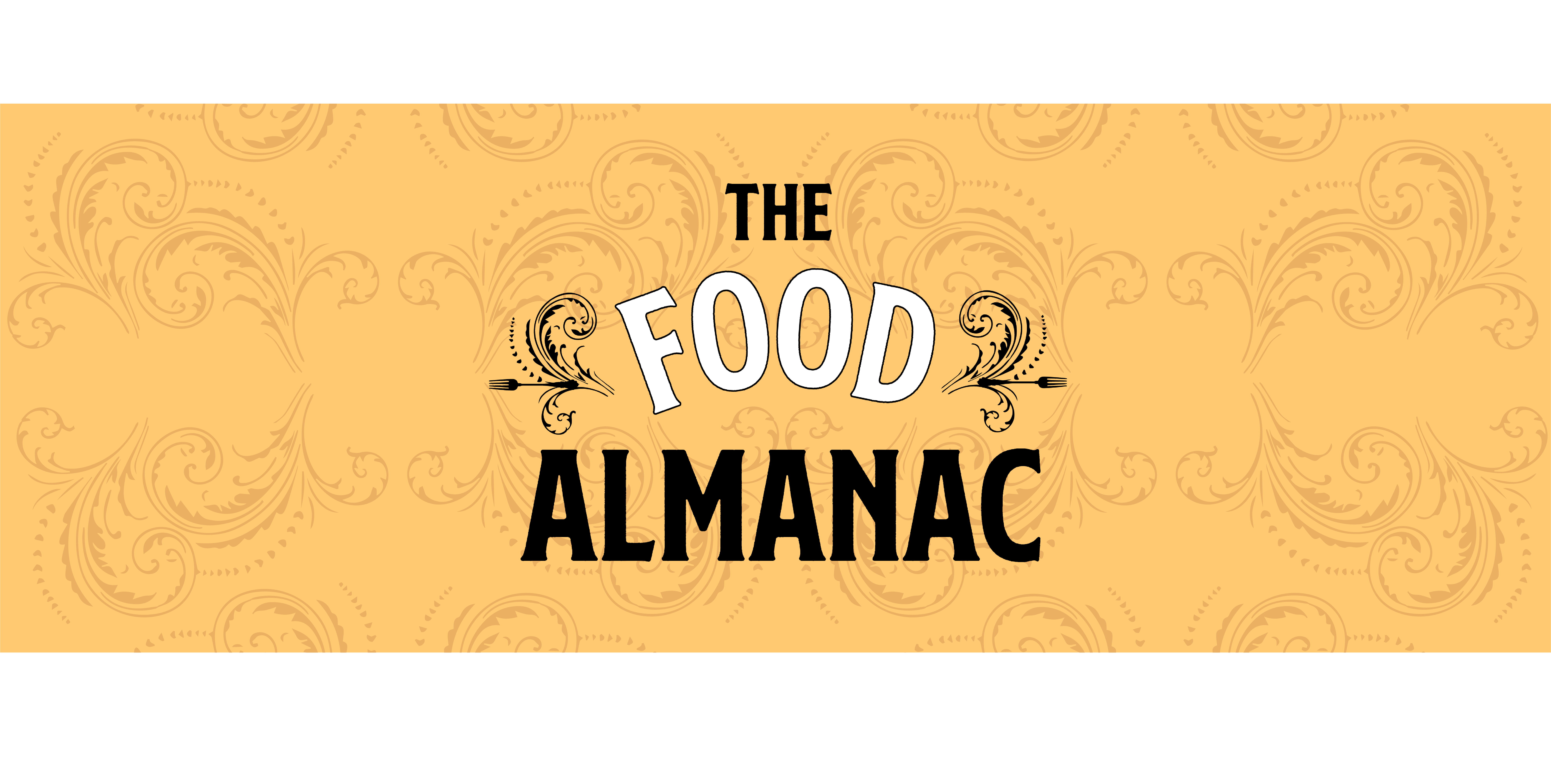

Mostarda. Sahara Desert. Tujague's. Lettuce. Science Fiction.
 Mustard is made from the seeds of a member of the cabbage family native to Europe. The seeds contain oil, so when they're crushed they become a paste. When water is added, a sulfuric compound in the seeds reacts to give the sharply flavored mustard bite. It fades away unless something acidic (vinegar, usually) is added. Mustard has been used to flavor food in Europe since ancient times. Mustard seeds come in many colors, but yellow is not one of them. The yellow color in prepared mustards and Colman's dried mustard powder comes from the addition of turmeric. The plant that grows mustard seeds is also eaten as greens. But that's another flavor, another matter, for another day.
Mustard is made from the seeds of a member of the cabbage family native to Europe. The seeds contain oil, so when they're crushed they become a paste. When water is added, a sulfuric compound in the seeds reacts to give the sharply flavored mustard bite. It fades away unless something acidic (vinegar, usually) is added. Mustard has been used to flavor food in Europe since ancient times. Mustard seeds come in many colors, but yellow is not one of them. The yellow color in prepared mustards and Colman's dried mustard powder comes from the addition of turmeric. The plant that grows mustard seeds is also eaten as greens. But that's another flavor, another matter, for another day.
 This is Independence Day in Burkina Faso, a former French colony previously called Upper Volta. It's a landlocked nation just south of the Sahara desert. The French influence on the food there is evident, but for the most part the diet of the average Burkinabe is grain-based: rice, wheat, and millet. They eat gumbo, their version being a stew made from okra. An unusual staple food is néré seeds, eaten at most meals, usually fermented and rolled into dark-brown, nutty-tasting balls.
This is Independence Day in Burkina Faso, a former French colony previously called Upper Volta. It's a landlocked nation just south of the Sahara desert. The French influence on the food there is evident, but for the most part the diet of the average Burkinabe is grain-based: rice, wheat, and millet. They eat gumbo, their version being a stew made from okra. An unusual staple food is néré seeds, eaten at most meals, usually fermented and rolled into dark-brown, nutty-tasting balls.